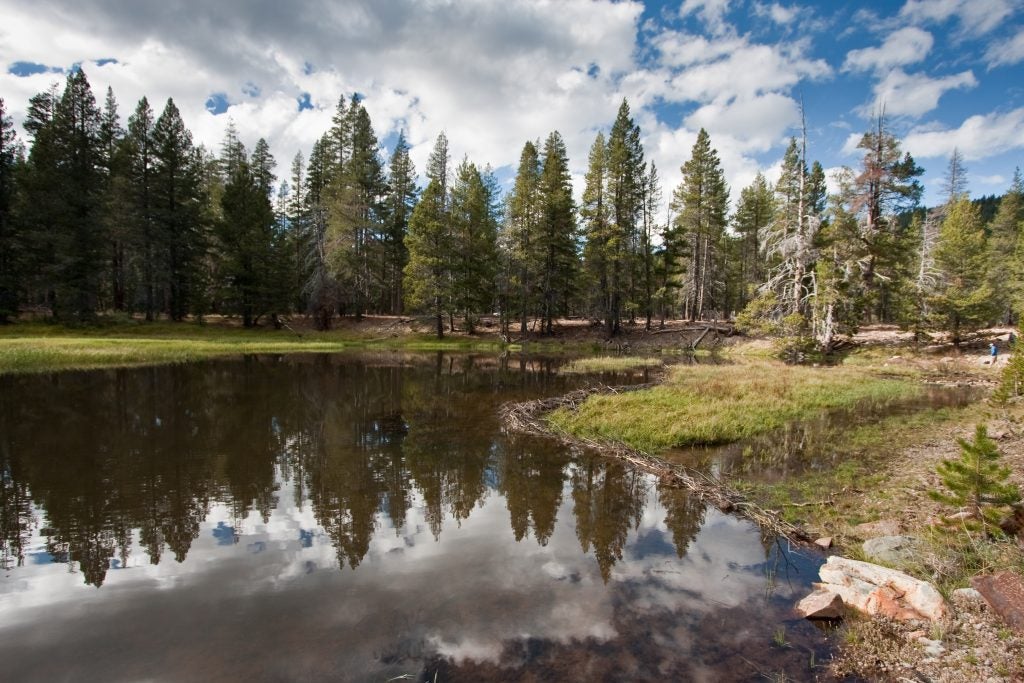California-Quebec carbon auction kicks off 2020 with record allowance price

The results of February’s joint California-Quebec auction are in, and 2020 is off to a strong start in the Western Climate Initiative. Fewer allowances were available in this auction than in the past, which could help explain the record high settlement price.
Highs and lows of the February 2020 auction:
- All 57,090,077 current allowances sold. Notably, this amount is over 10 million fewer allowances than what was offered at the last auction in November 2019. It is also the lowest volume of offered allowances since the very first joint auction in November 2014.
- Current allowances cleared at $17.87, which is $1.19 above the price floor of $16.68. This is 87 cents higher than the November 2019 clearing price of $17.00 and 42 cents higher than the previous record-high price of $17.45 from the May, 2019 auction.
- 8,672,250 future vintage allowances were offered for sale, and all of them sold as well. With over 350,000 fewer future allowances than the November 2019 auction, this was the smallest volume of future allowances ever offered.
- The future allowances cleared at $18.00, $1.32 above the floor. These allowances cannot be used for compliance until 2023.
- The auction raised approximately $600 million USD for the Greenhouse Gas Reduction Fund, which California will use for programs that further reduce climate and local air pollution and advance environmental equity.
- Quebec raised over $240 million CAD (approximately $185 million USD) to support climate action in the province.
Decreased supply:
The number of available allowances in this auction was about 15% less than in the previous auction.
One reason for this is the annual decline in the emissions cap. The key feature of a cap-and-trade program is the cap, or limit, on emissions. This binding limit decreases annually, so each year there are fewer allowances in the program. Between 2019 and 2020 the emissions cap decreased almost 3.5%. After 2020, that decline becomes even steeper to ensure that California reduces emissions fast enough to meet the 2030 greenhouse gas reduction goal.
The other main reason for the decrease in available allowances is that more allowances were directly allocated to regulated entities to guard against leakage. The state has policies in place, such as the direct allocation of allowances, to help prevent the shifting of production – and therefore emissions and jobs—out of state. Within a certain industry, specific producers receive different levels of direct allocation based on their output and efficiency. A producers’ amount of direct allocation is calculated such that it is not penalized for making more goods, and a producer who can make more goods with fewer emissions is rewarded.
California has directly allocated a certain amount of allowances to industry since the cap-and-trade program began. But with the extension of the cap-and-trade program under AB 398 in 2017, the Legislature directed the California Air Resources Board to increase this direct allowance allocation to industry. That change took effect starting in 2020, so CARB now has fewer allowances available to offer at each auction.
Together, the decline in the emissions cap and the increase in directly allocated allowances contributed to a lower supply of allowances at February’s auction, and these features could have been factors in the higher allowance price.
Higher prices:
Numerous factors affect prices, including that a more limited supply of allowances can increase the price for those allowances. Companies must have sufficient allowances to meet their compliance obligation. Some of those allowances may have been directly allocated from CARB to prevent leakage, some may be allowances they have saved or “banked,” and if they can’t reduce their emissions at a lower cost through strategies like equipment upgrades or technological investment, they still may need to purchase allowances at auction.
At the same time, the floor or minimum price of allowances also increased as it does annually; the 2020 floor price is 5% higher plus inflation than the 2019 floor price. This happens each year to ensure that even if demand for allowances drops off, as it did in 2016, there is still a minimum price on those allowances.
Climate budget:
Today’s auction results delivered additional revenue to the Greenhouse Gas Reduction Fund. This is especially timely as the legislature considers the governor’s proposed climate budget, which includes GGRF expenditures, a potential climate resilience bond, and a new Climate Catalyst Fund. Throughout the budget negotiations, EDF will continue to emphasize three priorities:
- Innovative local air quality programs like the Community Air Protection Program created by AB 617;
- Cleaning up the transportation sector, especially medium- and heavy-duty trucks;
- Investing in climate resilience, and the states’ natural and working lands as an essential part of climate and resilience strategy.
Revenue and investments are critical to helping meet the climate challenge, and California’s cap-and-trade program provides the state with an important funding stream. But the central feature of the program is the declining limit on greenhouse gas emissions; the cap ensures pollution levels decline on pace to meet our climate target.












